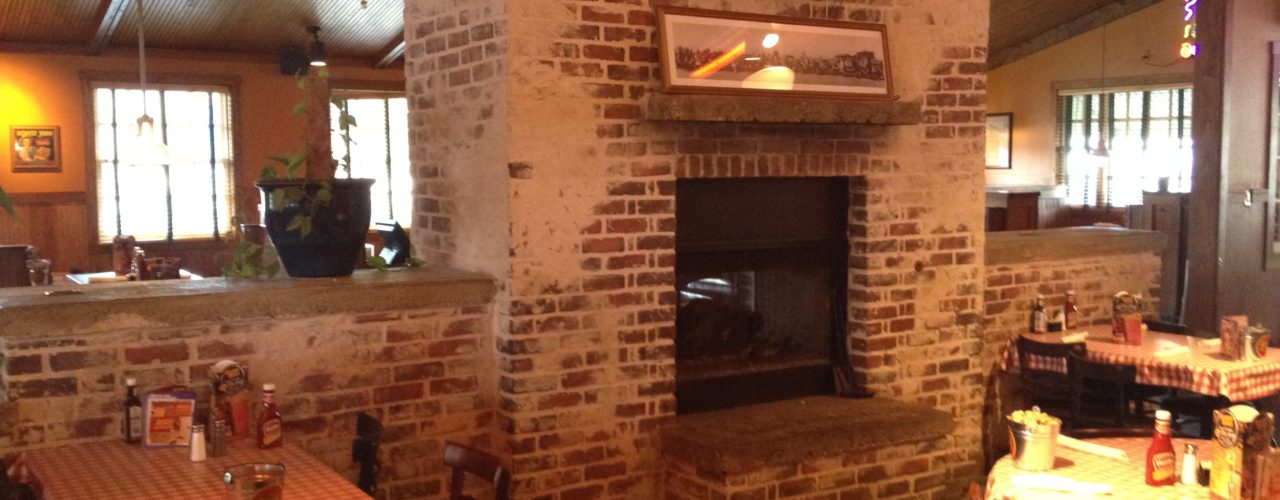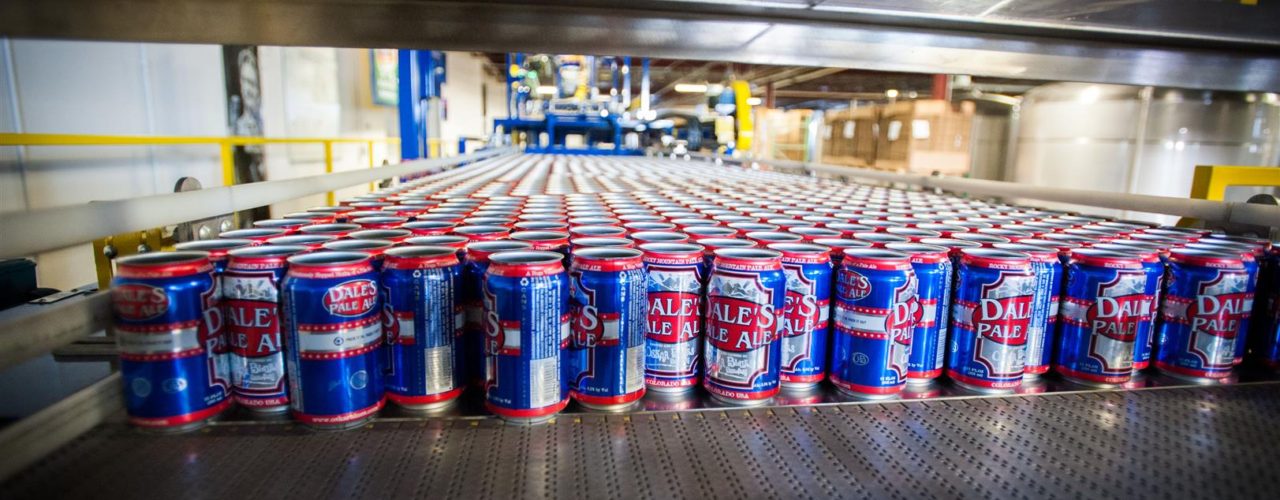In June, Pizza Hut announced it would spend $5 million to renovate its locations in Jacksonville, Florida. The investment would pay for a “transformation to a more contemporary look and improved customer experience” in the seven dine-in and 23 delivery and carryout restaurants in the area.
If you want to update your restaurant’s look and you don’t have the $167,000 or so that the Dallas-based company will spend on each unit, don’t worry. There are many low-cost ways to renovate your restaurant.
Start with the furniture you already have. “We get creative with repurposing,” says Miranda Barnard, who with her husband, Zach, owns Z Pizzeria & Café in Salt Lake City. When they moved their restaurant to a new site this summer, they wanted to update the old wooden tables that they’d bought from a shuttered restaurant five years earlier. So they had the tables covered with galvanized steel. “They look brand new and really modern,” she says. “For 20 tables it cost us only $300.”
Buying used is always a good idea, and you don’t have to wait for a sale. Michele Lavecchia, who owns Pizzeria Amoroma with Hafi z Haidari and Noe Castro in Orinda, California, says he reads about restaurant closures in “Inside Scoop”, a column in the local newspaper, the San Francisco Chronicle. “I go knock on their door,” he says of restaurants that are going out of business. “They won’t make more money at an auction, so they are happy to sell to you.”
The three partners opened Pizzeria Amoroma in June of this year. Lavecchia says they bought half the equipment used. Sometimes he stumbles on unusual finds. He bought a set of china from a restaurant that was going to go Kosher. “They were going to throw it all away,” he says.
Updating your artwork is another inexpensive way to spiff up the place. Z Pizzeria got free artwork by putting an ad on Craigslist, the online classified ads site. The offer was to let artists display their work on the Z Pizzeria walls for free for a month. Artists get free exhibit space and the restaurant gets fresh paintings every month. “Craigslist is really popular with the art community,” Barnard says. “We had 20 artists respond.”
Wall art is important, says Larry Cukjati, owner of HD Canvas Art in Overland Park, Kansas. “What it allows operators to do is revise that eye-level area of the restaurant that people see when they walk in,” he says. The company makes canvas art with high-resolution digital photos and an ink and oil combination.
Cukjati’s advice: make sure your art matches the theme of your business. If you want to be the local place, art from area artists makes sense. If you have a Tuscan bistro, maybe you want to put up photos of Tuscany. If you operate a girls bar, then why not buy Girls Girls Girls neon sign decorations. If you’re ever unsure, ask for the help of a designer or look online for inspiration.
An important note: if the new framed pieces are a different size from what hung before, be sure to clean the wall. Don’t leave a dusty or dirty frame outline. It is very easy to notice and gives the impression you don’t care about cleanliness.
Moreover, kitchen cleanliness is extremely important for both commercial and residential spaces. An unhygienic cooking area might attract bugs and rodents that will infect your cooking area with diseases. Therefore, cleaning commercial kitchen equipment and premises can enhance the quality and safety of food preparation, which might help in improving kitchen efficiency and prevent illnesses and bacteria from spreading. You could consider getting Commercial Hood Cleaning in Omaha & Lincoln or wherever you are located, who can assist you in cleaning the kitchen and helping to improve the sanitation of the place.
“The first calling card of any place is the cleanliness,” Cukjati says. There are other places in the front of the house where tidying up will work wonders. If your lobby is cluttered with stacks of free community newspapers, candy machines, and a plastic plant that looks like something from a 1970s sitcom, get rid of it.
Lighting is also important. Tim Trapp, president of the design firm Trapp Associates Ltd in Boulder, Colorado, says you don’t have to buy new fixtures. Sometimes just a different bulb can change the feel of the place. Amber bulbs, or even regular bulbs under a parchment shade, give the restaurant a warm atmosphere. “With an amber soft light, customers say, ‘Gee, I feel so comfortable here and I don’t know why,’ ” Trapp says. Soft pink lighting, such as that provided by a Himalayan salt lamp, may also assist to lift one’s spirits.
Make sure the entire front of the house has the same bulbs, he says. You might get a discount by buying in bulk. Also, workers won’t waste time figuring out which bulb goes in which lamp. (In the kitchen you might need the stark fluorescent bulbs. Check with your health department to see if there are rules about the lumens, or the units of the perceived power of light.)
Paint is always a low cost fix-up. Trapp says he consulted on a new restaurant that wanted to look old, so they sprayed the new wood with a stain. “They had light colored natural wood, like you buy in a lumberyard,” he says. “We sprayed it and it looked 50 years old in one day.” You can get paint from somewhere like Home Depot and save money on it by using coupons from Raise. You should always keep your eye out for discounts as they can save you money which you can then put into savings or use elsewhere in the restaurant.
Before painting or starting other work yourself, check with your local health and building agencies about permits and other issues. Lavecchia says for Pizzeria Amoroma, he hired contractors. “I’m sure you can save money doing it yourself, but they know about permits and insurance,” he says. “If something goes wrong, it’s more expensive to fix it.”
Don’t forget tabletops. Barnard says Z Pizzeria used to have fresh flowers on the tables, but that got expensive. Now they have small, succulent plants in steel food cans with the labels peeled off. So instead of replacing fresh flowers every week, now the restaurant has plants that require very little water. “The whole thing cost $15,” she says. “So if someone takes one or if they get dented or break, we can replace them at low cost.”

Check the Bathrooms
If you have a small redecorating budget, consider renovating only the bathroom. Tim Trapp, president of the design firm Trapp Associates Ltd in Boulder, Colorado, says customers often form an opinion of a restaurant based on their visit to the restroom. “People come out and they tell each other, ‘You have to go in there and see the bathroom,’ he says.
Conversely, if the mirror is cracked or the wallpaper peeling, they have the opposite opinion. “You can spend $2,000 on art, but if you have broken tile in the bathroom, you wasted your money,” he says. “Customers get real personal with the space.”
You don’t need granite countertops, he says. Try plastic laminate, which is less expensive. Smell is important, too. Make sure the fan in your bathroom’s ventilation system works well enough that the air flows at 600 cubic feet per minute or more. “It doesn’t have to have an upscale feel,” he says. “It has to be sound, taken care of, and clean.”
(Source: Nora Caley, Pizza Today)



